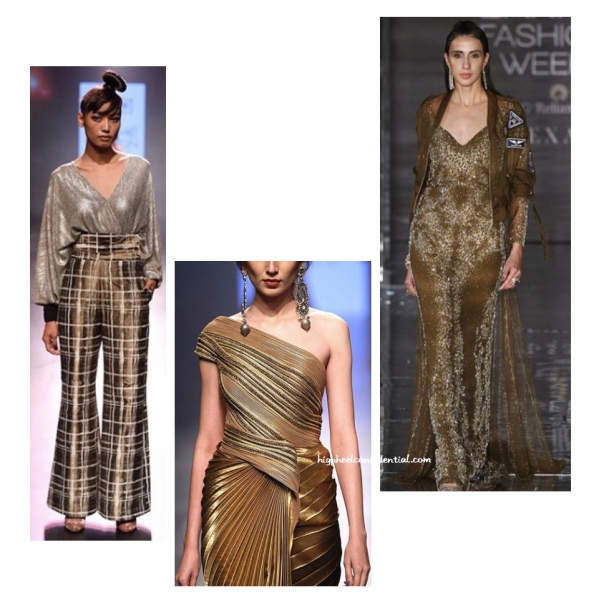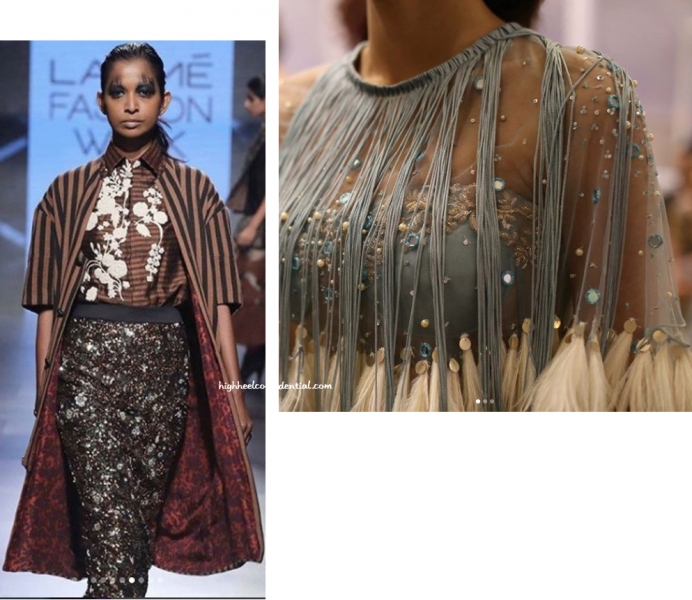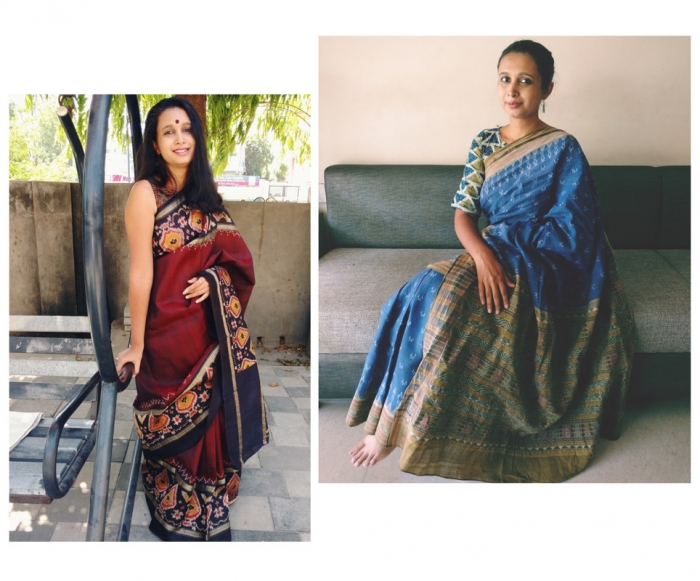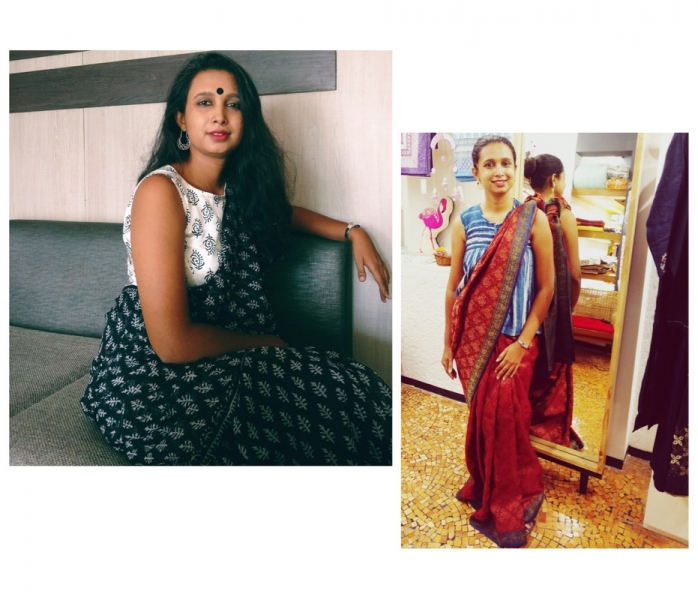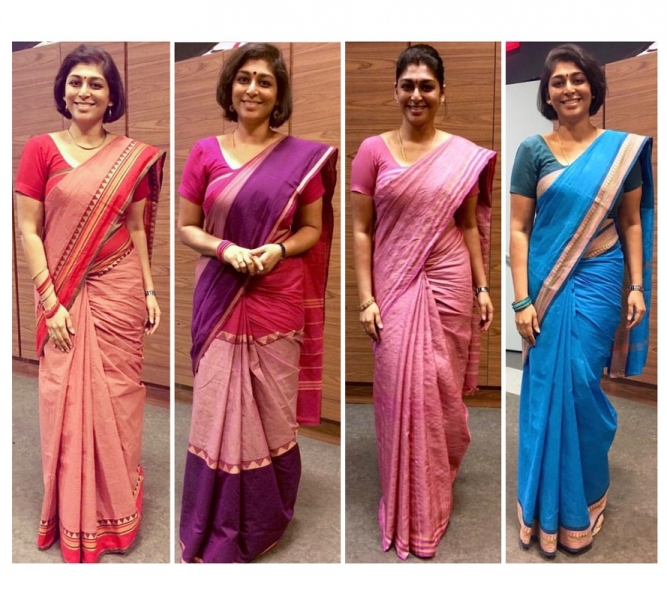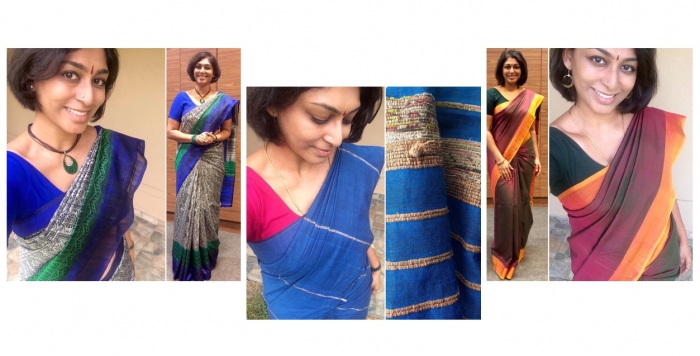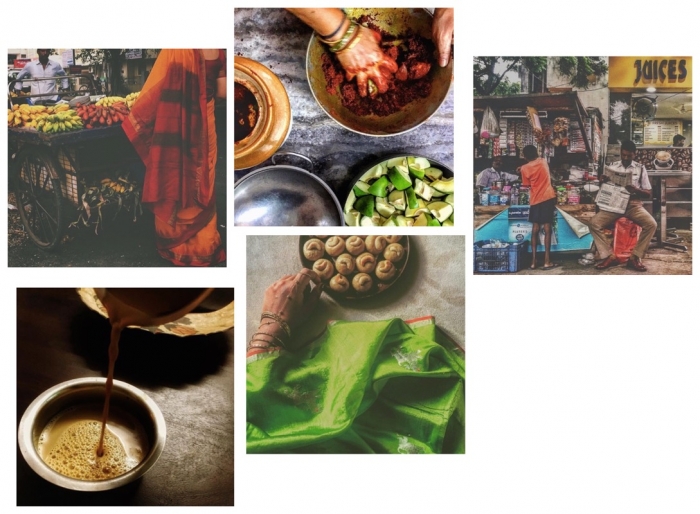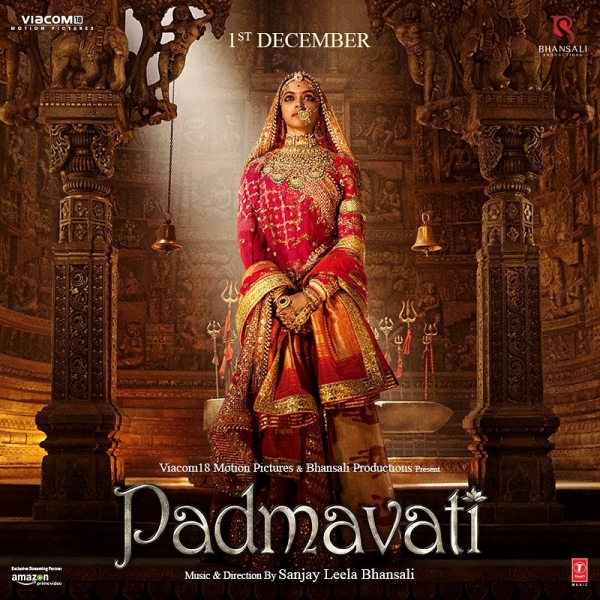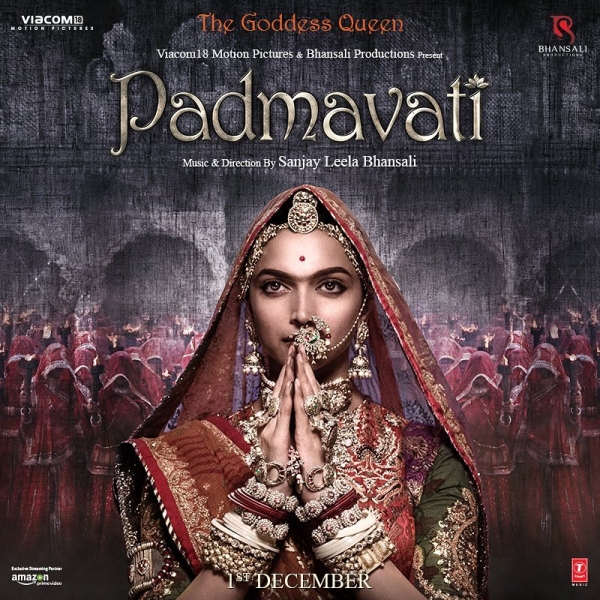In this edition of Girl Talk, we talk about being away from ‘home’. Payal came here as a student two decades ago, Priyanka moved 13 years as a young bride and I came more recently as a not-so-young bride. Read our adventures (way too many are food-related) and do share some of your stories 🙂
When and why did you move to the US?
Shradha: I left India in the end of August 2014 and moved in with my fiancé. We got married in December that year and the US has been home since. I’m relatively new, but what’s strange is some days it feels like I’ve been here forever and other days I feel I JUST moved!
Priyanka: I moved in August of 2004, right after my wedding. (Yup, been married a while now!) Dallas is home now. As a kid, I moved around a lot when I was in India but funnily enough, Dallas has been the longest I have lived in anyplace. That strange feeling you were talking about, that doesn’t seem to have gone away for me even after all this time. Some days I feel like this isn’t home, it’s temporary, that I just moved and will move again. And some days I can’t imagine being anywhere else.
Payal: I came to the US for my undergrad way back in 1998. I stayed in Michigan for four years, got tired of the extreme winters and moved to Texas when I got my first job. Have been in the Lone Star State ever since! Can’t believe it will be 20 years in the US next year!
Via Priyanka’s Instagram
What’s the toughest part of being away?
Shradha: I hate being so far from friends and family. And eating home cooked meals NOT cooked by me is a pain point too.
Priyanka: Can I just say Ditto? Friends and family are a big part of it. Considering my sister moved back to India and sees my parents more often than I do, I can’t shake off that FOMO. And friends too! I have been incredibly lucky in finding awesome friends this side of the pond. That said, there’s something about pre-adulthood friendships that makes them invaluable. Oh and I have major bai/dhobi/cook envy.
Payal: I grew up in the Middle East so I’ve been away from India since I was 12. I also lived in a hostel for a while. Being away from home was something I was used to. When I moved to the US, I guess I missed food the most. Indian food wasn’t so readily available back then let alone good Indian food. But, it’s different now. Dallas has us spoilt for choices. Now, if only I could find a restaurant catered towards Oriya/Bengali style of cooking, and I would be a happy girl! The only thing I miss now are the festivals. Like the mood around Eid in the Middle East. And Diwali and Dussehra while I was in India.
How long did you take to adjust to life away from your roots and how did you build your new support system?
Shradha: I think I’m still adjusting. The first year in New Jersey was rough. I tried the whole house wife thing but it wasn’t as glam and I wasn’t really lunching that much with any ladies! My husband had a group of friends who gave me the 411 on life in the US — everything from how to boil dal to what masalas to stock in the kitchen! Some of those friendships clicked and have grown to be real, solid relationships. Two years ago, we moved to San Francisco and I had to start the process of building friendships all over again. I’ve met people through my day job and through the usual friends-of-friends route. It’s probably going to take a long, long time to consolidate my core group but I’m grateful to have found some amazing new friends. So yes, the new support system is underway!
Priyanka: I was lucky enough to walk in to a social situation I could easily adapt to. The women I met nearly a decade and a half ago are today some of my closest friends. I also reconnected with some of my friends who had moved away and had somewhat drifted apart. Getting to know them again was fantastic! I also quickly realized that when you meet someone you hit it off with, make it a point to stay in touch with them or at least see if there’s a friendship to be had there. Making friends as adults is hard and it will serve us all well to remember the other person is no different from us, and it’s just as hard for them. It wasn’t all easy but I let things take their time and it all eventually fell in to place. Big shoutout to a very supportive husband who let me rave, rant and whine when I wanted to and helped me snap out of my funk when I most certainly needed to.
Payal: College wasn’t so hard as I had a class-mate from high-school also attending the same college as mine. That made the first semester a whole lot easier. When I first moved to Dallas after graduation, I decided to get a roommate. Best decision ever! Our social circle pretty much grew from us two meeting new people (including Priyanka) from the day we roomed together and this was almost 15 years ago. Till date, she and I still hang out if not every weekend, every two or so. I don’t even think I can ever think about moving out of Dallas because of the strong social circle here. My inner friend circle is family. We’ve gone through ups and downs together.
(more…)
